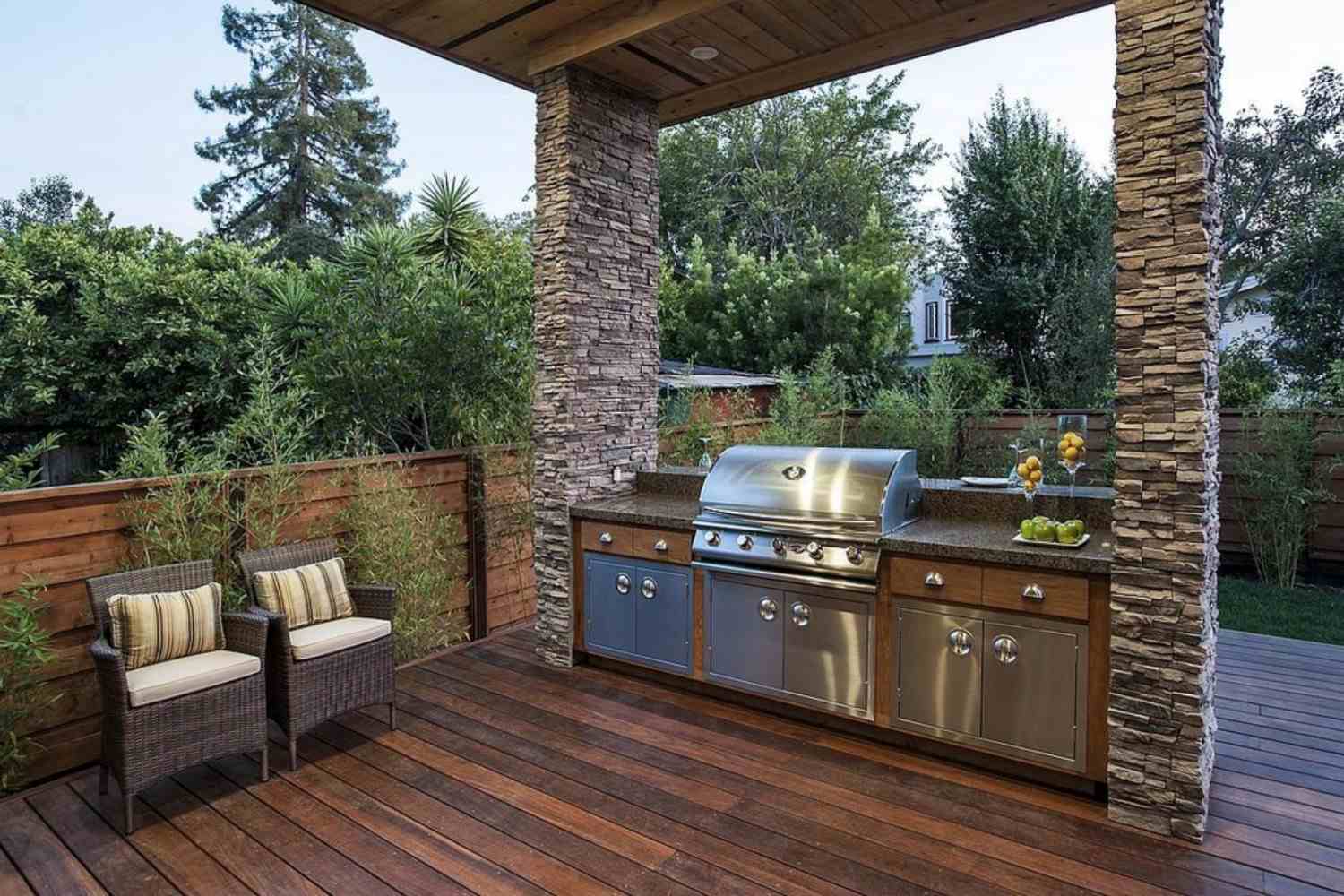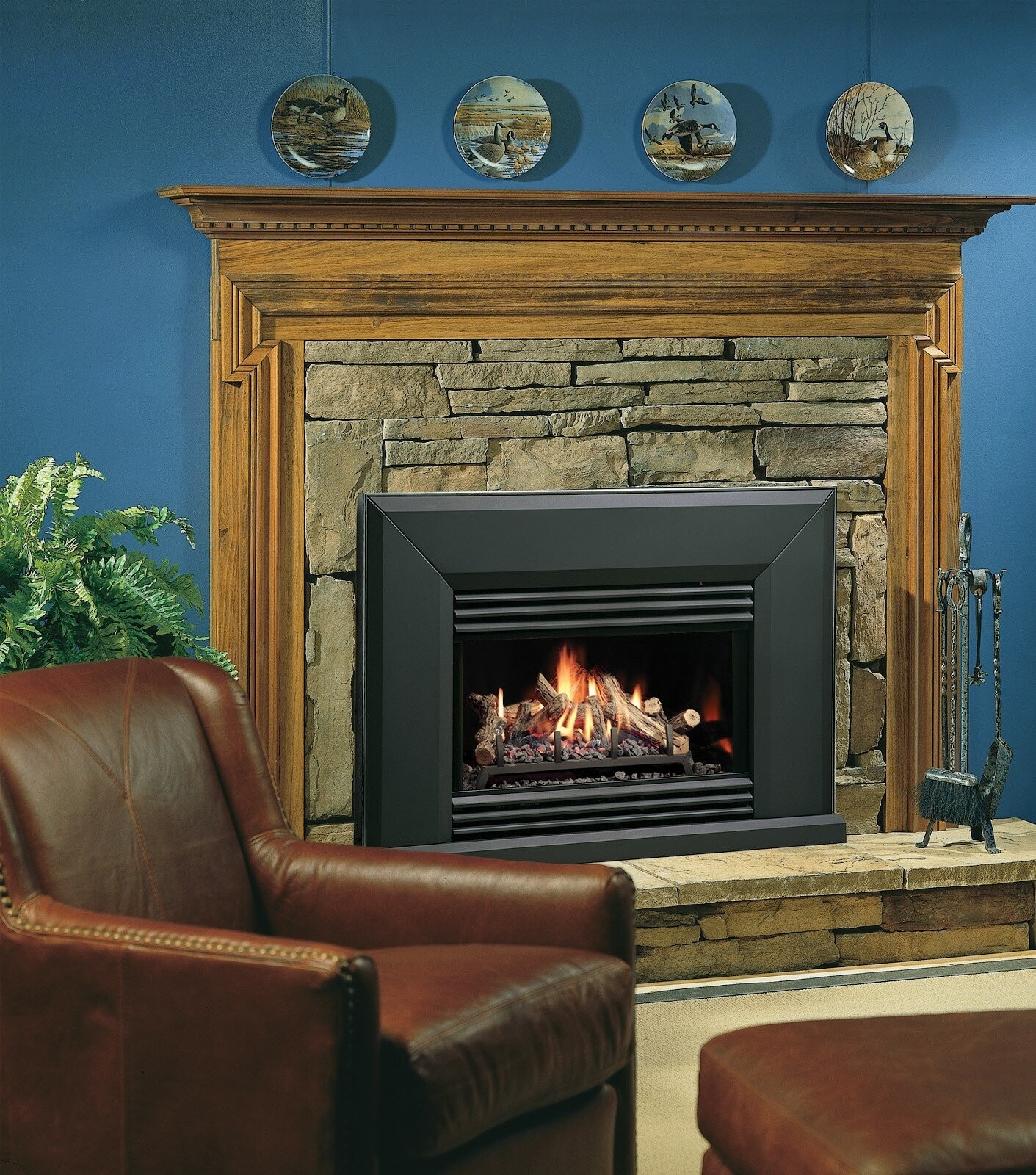What is a Wood-Burning Fireplace?
A wood-burning fireplace uses logs as its primary fuel source. If you are a campfire lover, this type of fireplace is a great way to make a clean-burning fire at a home that lasts for hours. Just like any other heating unit, it has several advantages and disadvantages.
Benefits of Wood-Burning Fireplaces
- Nothing matches the aroma of wood burning and the crackling of logs in a wood-burning fireplace.
- The net fuel cost is less expensive than heating coal, natural gas, and oil.
- Fuel source is widely available, renewable, and sustainable. You can choose from different types of wood, from quick-burning softwoods to long-burning hardwoods.
- You can always stay warm, have light, and cook using a fireplace fueled by fire.

Disadvantages of Wood-Burning Fireplaces
- Using your fireplace without regular inspections and maintenance can be dangerous.
- When wood burns, it releases toxic gases such as carbon monoxide and soot. Therefore, the wood-burning fireplace must be designed accordingly and have the required permits to meet air quality standards and regulations in your area.
- Firewood needs to be chopped, dried, stored, and finally carried into your home, which many find to be a tedious process.
- A roaring fire should never be unattended until the ashes are cold.
- Waste ash that remains after burning needs to be properly and safely disposed of.
In sum, although you will not have to worry about installing a gas line or increasing your electric bill, you typically would have to purchase wood on a regular basis. The fireplace and chimney must also be frequently cleaned to remove combustion byproducts like ashes and creosote. It can significantly help to lower your utility expenses as well, as it can take the place of your heating unit.
If you have decided to get a wood-burning fireplace for your Colorado home, contact Hi-Tech Appliance. We can build a custom wood-burning fireplace that will match with your home’s décor and design preferences.



